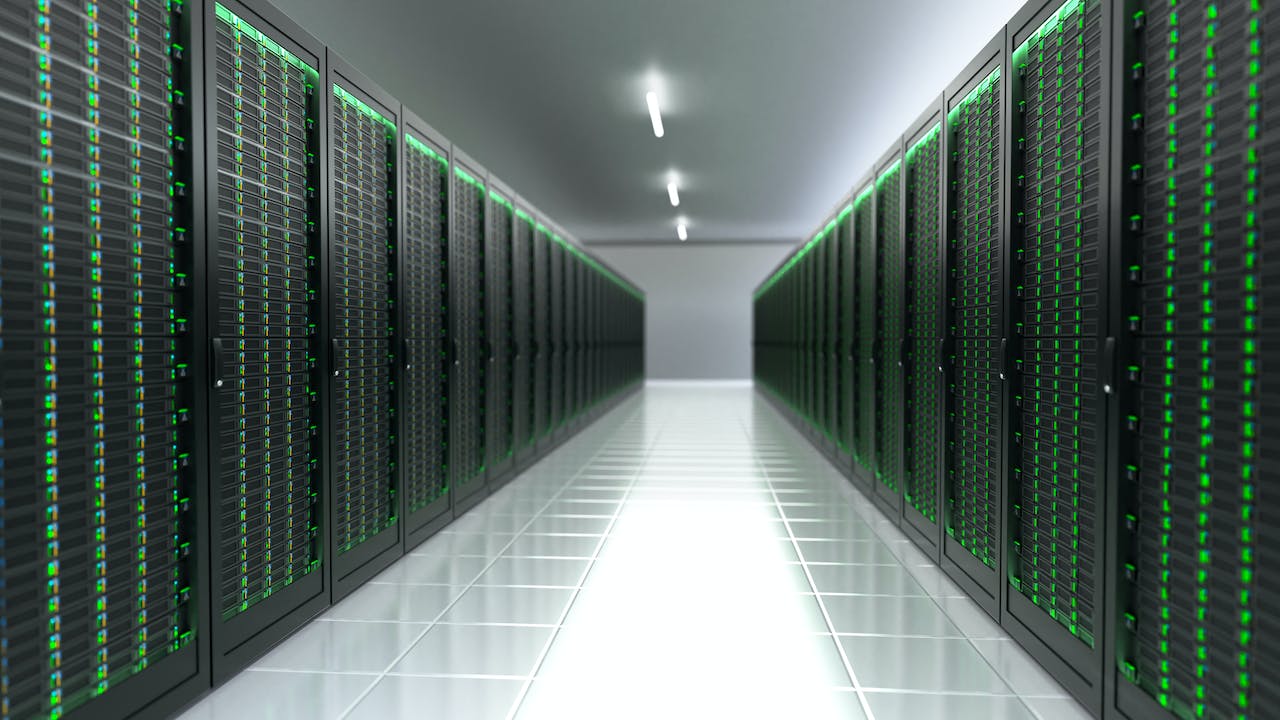Enhancing Performance: The Role of Data Center Infrastructure Management in IoT Ecosystems
Data centers process and store large amounts of information for services businesses or products for product businesses. They must constantly optimize infrastructure performance to keep pace with the massive amount of Big Data surging through these facilities.
A vital tool for this task is DCIM. While there are upfront costs from a design, installation, and acquisition perspective, DCIM has significant payback in energy savings.
Power
A stable, long-lasting power supply system is critical for IoT devices to operate and communicate data. It lowers production downtime, boosts safety, and improves service reliability.
Structural solutions like fans and pipes with cold water running alongside hot infrastructure hardware draw heat away from operational components to prevent overheating. These systems are also designed to prevent fires from affecting operations.
Monitoring IoT devices and implementing communication protocols that use less energy during data exchange saves on power consumption. Taking advantage of power management strategies, such as sleep mode and wake-up scheduling, reduces device power consumption even more.
A DCIM tool identifies under-utilized or idle resources and shuts them down or redirects their workload, saving energy, cooling, and space. It also helps IT admins avoid over-provisioning, a common mistake that leads to wasted infrastructure components, production loss, and unnecessary expenditures. This is especially important in data centers, where floor space and rack density are limited resources.
Cooling
Data centers require massive amounts of power and cooling to operate. These systems must also be able to accommodate ample storage devices. Depending on their platform and the system’s goals, they may also employ various processing and memory mechanisms.
Managing these systems requires a holistic approach that considers all aspects of performance. Effective DCIM solutions can help improve efficiency, reduce downtime, and cut operational costs. They can also increase energy efficiency through real-time data and analytics.
DCIM tools allow monitoring, measuring, and managing critical infrastructure components based on a model that fits the facility’s end goals. This includes generating installation timelines, acknowledging schedule and equipment requirements dependencies, and organizing an adequate sparing posture to ensure that essential hardware is available for replacement. They can also be used to optimize energy consumption and data center utilization. This is particularly important in university buildings with high occupancy and density, seasonality, higher energy demands, and diverse management systems.
Space
To support IoT devices, IoT networks need low latency. Satellite-based communications offer low latency and are resistant to terrestrial network outages – making them ideal for IoT applications that need to operate continuously, such as emergency services.
IoT sensors in space collect and process data to stimulate real-time action based on insights. This enables IoT to deliver innovative solutions for sectors like agriculture, disaster management, transportation, and ground-based energy systems.
Data center infrastructure management (DCIM) integrates information technology (IT) and facility management disciplines to centralize monitoring, intelligence, and capacity planning. DCIM tools can automate processes to maintain critical performance criteria, reducing the number of ad-hoc manual processes required for data center technicians. For example, it only provides a single source of truth across all hardware. It allows Bank of America to unlock unused workload, space, and energy capacity while improving operational efficiency with measurable, repeatable, intelligent processes. It only reduces cooling system energy consumption and power usage effectiveness while boosting storage capacity by 43%.
Security
With its focus on usability and the assumption that security will be addressed later, IoT devices can provide attractive attack surfaces for bad actors. The lack of global risk standards and uniform IoT security measures exacerbates this.
Operators must collect and analyze data about maintenance activities, service level agreements, documentation accuracy, staff training, security procedures, and more to enhance data center performance. Analyzing this data can identify problem processes and applications draining resources or impeding performance.
Network segmentation and monitoring are vital strategies to bolster data center security. By dividing a network into smaller parts or sub-networks, these tools can reduce traffic and ensure that only authorized systems can communicate with each other. Network monitoring also helps detect suspicious activity and unauthorized access so it can be remediated quickly. This improves network efficiency and saves bandwidth, storage capacity, and cloud costs. It is the key to delivering a safe and reliable IoT ecosystem for businesses and consumers.




